Home>Home Appliances>Laundry Appliances>What Does Spin Do In A Washing Machine
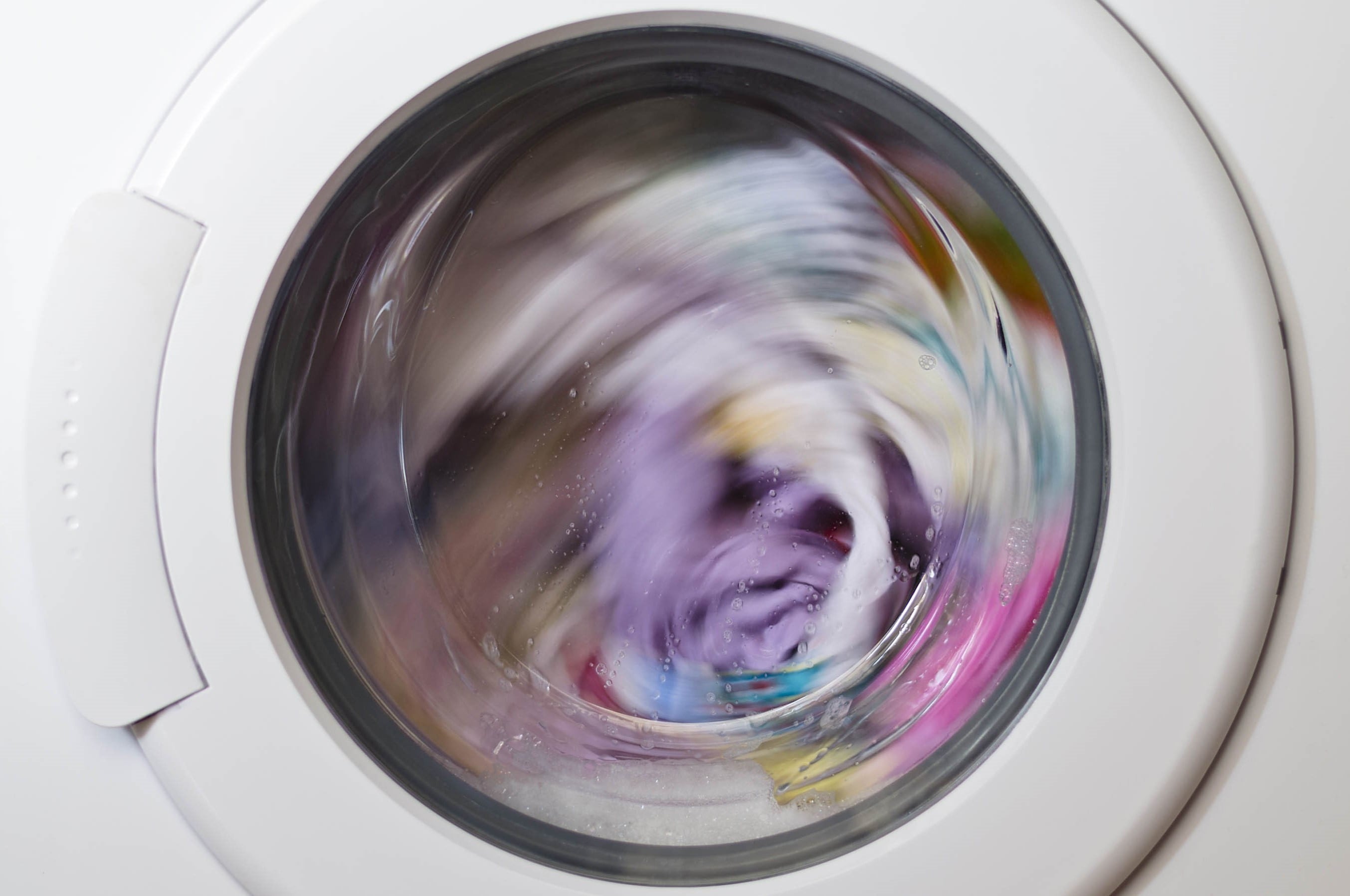

Laundry Appliances
What Does Spin Do In A Washing Machine
Published: February 22, 2024
Discover how the spin cycle in a washing machine affects laundry appliances. Learn about the benefits and potential drawbacks of spin action.
(Many of the links in this article redirect to a specific reviewed product. Your purchase of these products through affiliate links helps to generate commission for Storables.com, at no extra cost. Learn more)
Introduction
The rhythmic hum of a washing machine signals the start of a familiar household chore. As the machine springs to life, water and detergent swirl within, enveloping the clothes in a cleansing embrace. Yet, there is another crucial element at play in this choreography of cleanliness – the spin cycle.
The spin cycle, often overlooked in its significance, is the stage where the machine's true magic unfolds. It is the moment when centrifugal force takes charge, coaxing excess water out of the fabric, leaving garments damp rather than dripping. This seemingly simple process holds the key to efficient laundering, ensuring that clothes emerge cleaner and drier, ready to embrace the warmth of the sun or the gentle caress of a dryer.
Understanding the role of spin in a washing machine is akin to unraveling a captivating mystery. It is a dance of physics and engineering, where the laws of motion converge with the ingenuity of design to deliver a seamless laundry experience. From the gentle whir of a delicate cycle to the robust vigor of a heavy-duty setting, the spin cycle adapts to the unique demands of each load, orchestrating a symphony of motion within the confines of the machine.
In this article, we delve into the intricacies of spin in washing machines, exploring its pivotal role in the laundering process. From unraveling the factors that influence spin efficiency to unraveling the benefits of proper spinning, we embark on a journey to demystify this often underestimated aspect of laundry care. So, fasten your seatbelts as we embark on a spin-centric odyssey, where the mundane becomes extraordinary, and the unnoticed takes center stage.
Key Takeaways:
- Spin cycle in washing machines expels water, removes detergent, prevents wrinkles, and preserves fabric, making clothes cleaner, drier, and ready for use, while also extending the life of the machine.
- Factors like load size, fabric type, and machine maintenance influence spin efficiency. Proper spinning saves time, energy, and enhances fabric longevity, making laundry easier and more sustainable.
The Role of Spin in Washing Machines
The spin cycle in a washing machine is not merely a perfunctory stage in the laundry process; rather, it is a vital component that significantly impacts the cleanliness and condition of the clothes. As the wash cycle draws to a close, the machine seamlessly transitions into the spin cycle, initiating a transformative sequence of events.
At its core, the primary function of the spin cycle is to expel excess water from the fabric, thereby accelerating the drying process. This is achieved through the application of centrifugal force, which propels the clothes against the inner drum of the machine, compelling water to escape from the fibers and accumulate at the perimeter of the drum. As a result, the garments emerge from the washing machine in a state that is notably less saturated, expediting the subsequent drying phase.
Moreover, the spin cycle aids in the removal of residual detergent from the fabric. By subjecting the clothes to rapid rotational motion, the washing machine facilitates the expulsion of lingering detergent particles, ensuring that the garments are thoroughly rinsed and free from any cleansing agents that may cause skin irritation or compromise the fabric's integrity.
In addition to expelling water and detergent, the spin cycle also plays a pivotal role in preventing the formation of wrinkles in the clothes. As the centrifugal force extracts moisture from the fabric, it minimizes the likelihood of creases and folds, thereby reducing the effort required during the ironing or folding process.
Furthermore, the spin cycle contributes to the preservation of the washing machine itself. By efficiently removing excess water from the garments, the strain on the machine's motor and components is reduced, prolonging its operational lifespan and minimizing the risk of malfunctions.
In essence, the spin cycle in a washing machine is a multifaceted process that goes beyond mere water expulsion. It is a choreographed symphony of motion and force, meticulously designed to optimize the laundering experience. From expediting the drying process to safeguarding the fabric and the machine, the spin cycle stands as a silent yet indispensable guardian of laundry care.
Factors Affecting Spin Efficiency
The efficiency of the spin cycle in a washing machine is influenced by a myriad of factors, each wielding a distinct impact on the efficacy of water extraction and garment care. Understanding these variables is crucial in optimizing the performance of the spin cycle and ensuring that the laundry emerges impeccably cleansed and sufficiently dried.
-
Load Size: The quantity of garments loaded into the washing machine directly affects the spin efficiency. An overcrowded drum impedes the free movement of the clothes during the spin cycle, hindering the extraction of water. Conversely, an excessively small load may lead to imbalance issues, compromising the effectiveness of the spin cycle.
-
Fabric Type: The composition of the fabric significantly influences spin efficiency. While lightweight fabrics such as cotton and linen respond favorably to the spin cycle, heavier materials like denim or wool may retain more water, necessitating prolonged spinning durations. Understanding the fabric type is essential in calibrating the spin cycle to accommodate the unique characteristics of the garments.
-
Machine Speed and Power: The rotational speed and power of the washing machine's spin cycle are pivotal determinants of its efficiency. Higher spin speeds facilitate more thorough water extraction, particularly for bulkier items. Modern machines often feature variable spin speeds, allowing users to tailor the intensity of the spin cycle to suit the specific requirements of the load.
-
Balancing and Distribution: Proper distribution of the load within the drum is critical for optimal spin efficiency. Unevenly distributed garments can lead to imbalance during the spin cycle, resulting in disruptive vibrations and reduced water extraction. Ensuring a balanced load distribution minimizes these issues, enhancing the overall effectiveness of the spin cycle.
-
Machine Maintenance: The condition of the washing machine directly impacts spin efficiency. Regular maintenance, including drum cleaning, belt inspections, and motor assessments, is essential for preserving the machine's functionality. A well-maintained machine operates at peak efficiency, delivering consistent and effective spin cycles.
-
Detergent Residue: Excessive detergent residue on the garments can impede spin efficiency. Residual detergent creates a barrier between the fabric and water, inhibiting thorough rinsing and water extraction. Employing the appropriate amount of detergent and ensuring thorough rinsing mitigates this issue, optimizing the performance of the spin cycle.
By acknowledging and addressing these factors, users can elevate the efficiency of the spin cycle, fostering superior laundering outcomes and prolonging the longevity of their garments and washing machines. The interplay of these variables underscores the intricate nature of the spin cycle, underscoring its significance in the realm of laundry care.
Benefits of Proper Spinning
Proper spinning in a washing machine yields a plethora of benefits that extend beyond the realm of laundry care. By harnessing the centrifugal force to expel excess water from the garments, the spin cycle engenders a host of advantages that elevate the laundering experience and the longevity of the clothes.
Enhanced Drying Efficiency
The foremost benefit of proper spinning is the expedited drying process it facilitates. By effectively removing excess water from the fabric, the spin cycle significantly reduces the time required for air drying or machine drying. This not only conserves energy but also minimizes the risk of mildew formation, ensuring that the garments emerge from the drying phase impeccably dry and ready for use.
Read more: What To Do With A Broken Washing Machine
Fabric Preservation
Proper spinning plays a pivotal role in safeguarding the integrity of the fabric. By minimizing the duration and intensity of moisture exposure, the spin cycle mitigates the risk of fabric distortion, color fading, and fiber degradation. This preservation of the fabric's quality prolongs the lifespan of the garments, allowing them to retain their original appearance and texture over an extended period.
Energy Efficiency
Efficient spinning translates to reduced reliance on mechanical drying methods, such as tumble drying or air drying. By expelling a significant portion of the water during the spin cycle, the need for prolonged and energy-intensive drying processes is diminished. This not only conserves energy but also contributes to lower utility bills, aligning with sustainable and cost-effective laundry practices.
Time Savings
Proper spinning expedites the overall laundering process, minimizing the time required for subsequent drying and ironing. By reducing the moisture content in the garments, the spin cycle streamlines the post-wash procedures, allowing users to retrieve clean, nearly dry clothes from the washing machine. This time-saving attribute is particularly advantageous in households with demanding schedules and limited time for laundry maintenance.
Improved Washing Machine Performance
The benefits of proper spinning extend beyond garment care to encompass the operational efficiency of the washing machine itself. By expelling excess water from the load, the spin cycle alleviates strain on the machine's motor and components, promoting longevity and sustained performance. This, in turn, reduces the frequency of maintenance and repairs, ensuring that the washing machine operates optimally over an extended lifespan.
In essence, the benefits of proper spinning resonate far beyond the confines of the laundry room, permeating into the realms of energy conservation, fabric preservation, and time management. By harnessing the centrifugal force to optimize water extraction, the spin cycle emerges as a cornerstone of efficient laundering, enriching the fabric, the machine, and the overall laundry experience.
Read more: What Does Delicate Mean On A Washer
Common Issues with Spin Functionality
The spin functionality of a washing machine, while a remarkable feat of engineering, is not immune to occasional challenges that can impede its efficacy. Understanding these common issues is pivotal in troubleshooting and rectifying spin-related complications, ensuring that the laundering process unfolds seamlessly and the garments emerge impeccably cleansed and sufficiently dried.
Imbalance and Vibrations
One prevalent issue that affects spin functionality is imbalance within the washing machine drum. This imbalance can stem from uneven distribution of the load or the accumulation of heavy garments on one side of the drum. As a result, the spin cycle may induce disruptive vibrations, causing the machine to oscillate and produce unsettling noises. Addressing this issue involves redistributing the load within the drum, ensuring an even distribution of garments to mitigate imbalance and minimize vibrations.
Overloading and Underloading
Overloading or underloading the washing machine can significantly impact the efficiency of the spin cycle. An overloaded drum impedes the free movement of the garments during spinning, leading to inadequate water extraction and prolonged drying times. Conversely, an underloaded drum may result in imbalance issues, compromising the effectiveness of the spin cycle. Adhering to the recommended load capacity of the washing machine is essential in optimizing spin functionality and fostering superior laundering outcomes.
Mechanical Malfunctions
Mechanical malfunctions, such as worn-out belts, damaged motor components, or faulty bearings, can undermine the performance of the spin cycle. These issues manifest in the form of irregular spinning patterns, unusual noises during operation, or the failure of the drum to achieve optimal rotational speed. Addressing mechanical malfunctions necessitates professional intervention, wherein qualified technicians diagnose and rectify the underlying causes, restoring the spin functionality to its optimal state.
Read more: What Does De Mean On Washer
Deterioration of Spin Components
The components responsible for facilitating the spin cycle, including the motor, belt, and pulley system, are susceptible to wear and tear over time. This deterioration can compromise the efficiency of the spin cycle, leading to suboptimal water extraction and prolonged drying durations. Regular maintenance and periodic inspections of these components are imperative in preempting potential issues and preserving the functionality of the spin cycle.
Electronic and Sensor Anomalies
Modern washing machines are equipped with electronic controls and sensors that regulate the spin cycle. Anomalies in these electronic components, such as sensor malfunctions or control panel errors, can disrupt the spin functionality, resulting in erratic spinning patterns or premature cycle terminations. Troubleshooting electronic and sensor anomalies often necessitates professional assessment and, if required, the recalibration or replacement of the affected components.
By acknowledging these common issues and implementing proactive measures to address them, users can optimize the performance of the spin cycle, fostering superior laundering outcomes and prolonging the longevity of their garments and washing machines. The interplay of these variables underscores the intricate nature of the spin cycle, underscoring its significance in the realm of laundry care.
Tips for Maximizing Spin Efficiency
-
Load Distribution: Ensure an even distribution of garments within the washing machine drum to prevent imbalance during the spin cycle. This promotes uniform spinning and optimal water extraction.
-
Load Size Awareness: Adhere to the recommended load capacity of the washing machine to prevent overloading or underloading, both of which can compromise spin efficiency.
-
Fabric Classification: Sort garments based on fabric type and weight to facilitate tailored spin cycles. Lightweight fabrics may require higher spin speeds for thorough water extraction, while heavier materials benefit from extended spinning durations.
-
Machine Calibration: Familiarize yourself with the spin speed settings of your washing machine and adjust them according to the specific requirements of the load. Modern machines often offer variable spin speeds, allowing users to customize the intensity of the spin cycle.
-
Maintenance Regimen: Implement a regular maintenance schedule for your washing machine, encompassing drum cleaning, belt inspections, and motor assessments. A well-maintained machine operates at peak efficiency, delivering consistent and effective spin cycles.
-
Detergent Moderation: Use the appropriate amount of detergent to prevent excessive residue on the garments, which can impede spin efficiency. Additionally, opt for high-quality detergents that facilitate thorough rinsing and water extraction.
-
Balancing Act: Prioritize a balanced load distribution within the drum to mitigate imbalance issues during the spin cycle. This minimizes disruptive vibrations and optimizes the effectiveness of water extraction.
-
Garment Preparations: Pre-treat heavily soiled areas and ensure thorough rinsing before initiating the spin cycle. This minimizes the presence of residual detergent and enhances the efficiency of the spin cycle.
-
Timely Interventions: Promptly address any mechanical or electronic anomalies that manifest during the spin cycle, such as irregular spinning patterns or unusual noises. Professional intervention may be necessary to rectify these issues and restore optimal spin functionality.
-
Environmental Considerations: Leverage the spin cycle to minimize reliance on mechanical drying methods, aligning with sustainable and energy-efficient laundry practices. By expelling excess water from the garments, the spin cycle reduces the duration and energy consumption of subsequent drying processes.
By integrating these tips into your laundry routine, you can elevate the efficiency of the spin cycle, fostering superior laundering outcomes and prolonging the longevity of your garments and washing machine. The interplay of these strategies underscores the intricate nature of the spin cycle, underscoring its significance in the realm of laundry care.
Conclusion
In the realm of laundry care, the spin cycle stands as a silent yet indispensable guardian, orchestrating a symphony of motion and force within the confines of the washing machine. As we conclude our exploration of the pivotal role of spin in washing machines, it becomes evident that this seemingly mundane stage of the laundering process holds profound significance, transcending its role as a mere water expulsion mechanism.
The spin cycle, with its adept utilization of centrifugal force, emerges as a transformative force that expedites the drying process, preserves the fabric, and safeguards the operational efficiency of the washing machine. By harnessing the centrifugal force to optimize water extraction, the spin cycle enriches the fabric, the machine, and the overall laundry experience. It is a choreographed symphony of motion and force, meticulously designed to optimize the laundering experience.
From the nuanced interplay of load size and fabric type to the imperative of machine maintenance and load distribution, the factors influencing spin efficiency underscore the intricate nature of this essential stage in the laundering process. By acknowledging these variables and implementing proactive measures to address them, users can optimize the performance of the spin cycle, fostering superior laundering outcomes and prolonging the longevity of their garments and washing machines.
The benefits of proper spinning resonate far beyond the confines of the laundry room, permeating into the realms of energy conservation, fabric preservation, and time management. By expelling a significant portion of the water during the spin cycle, the need for prolonged and energy-intensive drying processes is diminished, aligning with sustainable and cost-effective laundry practices.
In essence, the spin cycle in a washing machine is a multifaceted process that goes beyond mere water expulsion. It is a choreographed symphony of motion and force, meticulously designed to optimize the laundering experience. From expediting the drying process to safeguarding the fabric and the machine, the spin cycle emerges as a cornerstone of efficient laundering, enriching the fabric, the machine, and the overall laundry experience.
As we bid adieu to this spin-centric odyssey, may we carry forth a newfound appreciation for the unassuming yet indispensable role of the spin cycle in the tapestry of laundry care. Let us embrace its significance and harness its potential to elevate the efficiency and efficacy of our laundering endeavors, ensuring that each garment emerges impeccably cleansed and sufficiently dried, ready to embrace the warmth of the sun or the gentle caress of a dryer.
Frequently Asked Questions about What Does Spin Do In A Washing Machine
Was this page helpful?
At Storables.com, we guarantee accurate and reliable information. Our content, validated by Expert Board Contributors, is crafted following stringent Editorial Policies. We're committed to providing you with well-researched, expert-backed insights for all your informational needs.





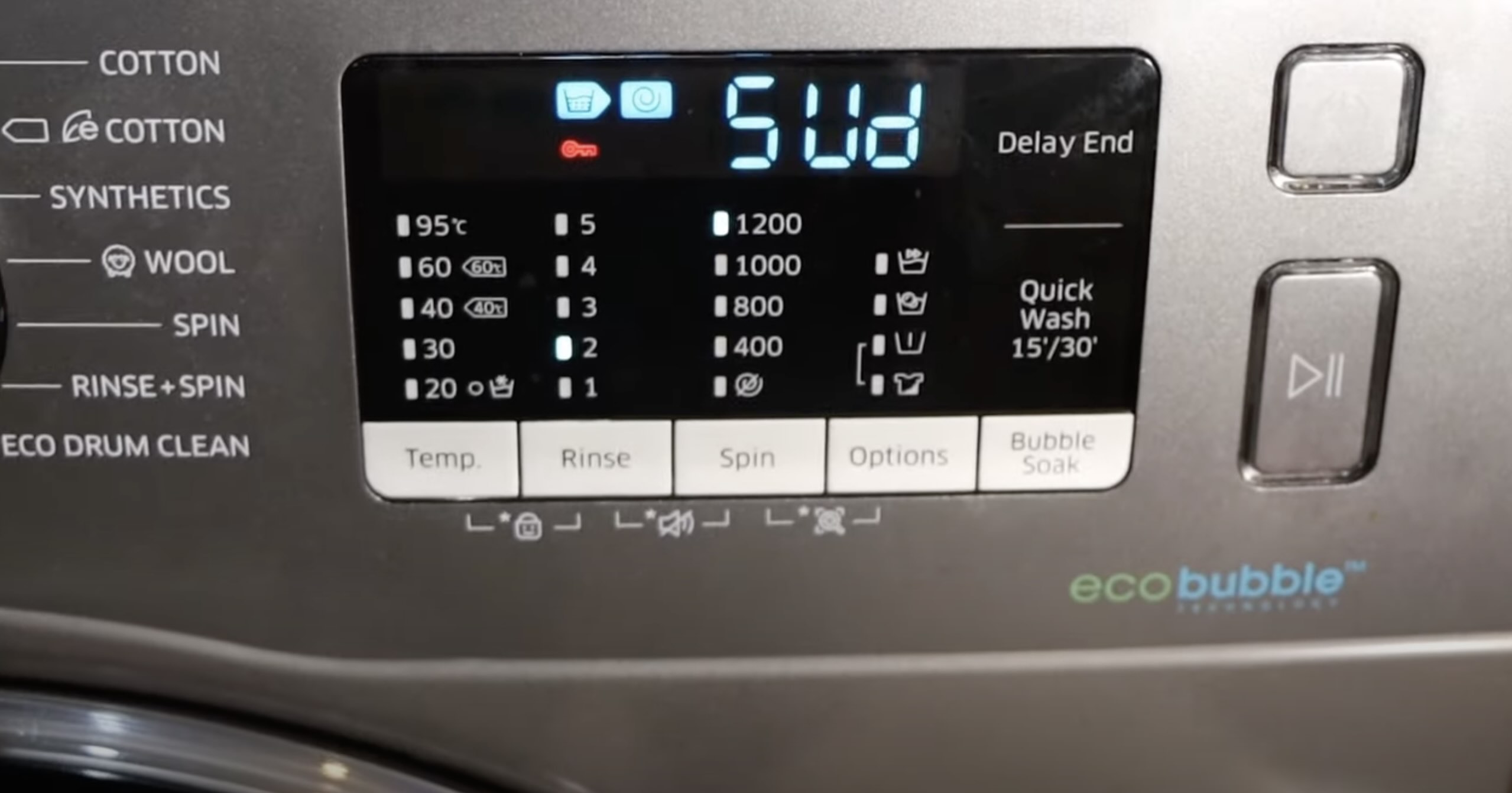


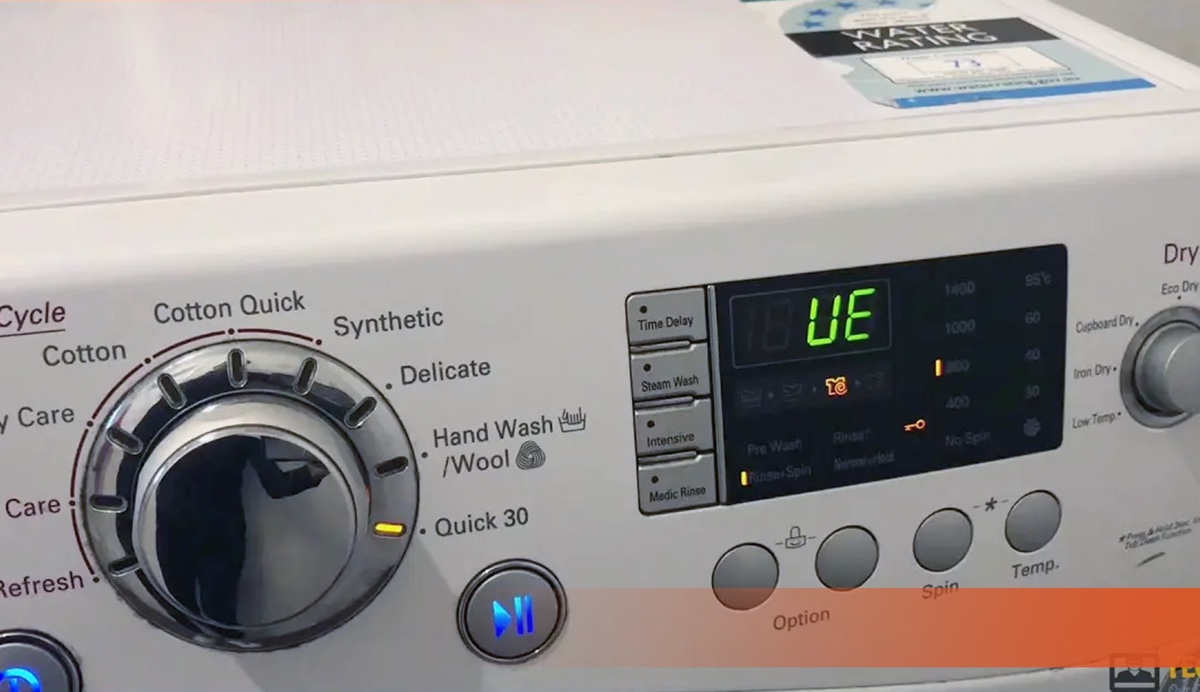
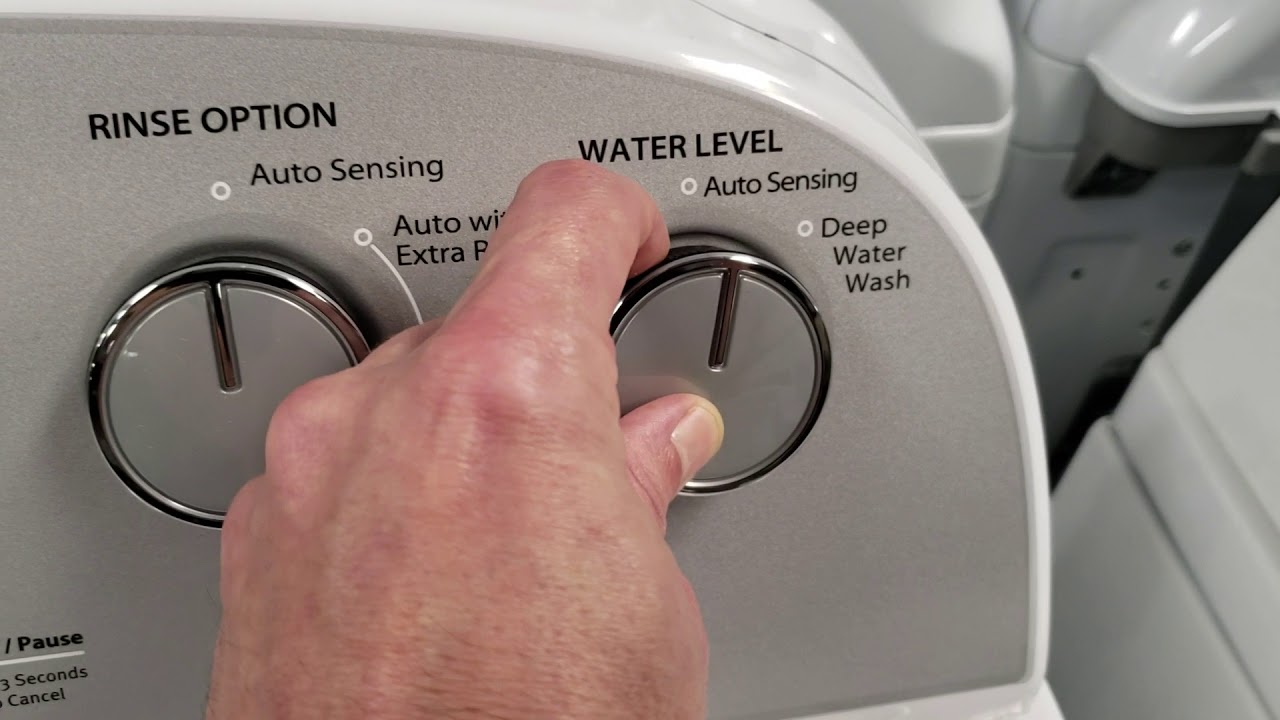

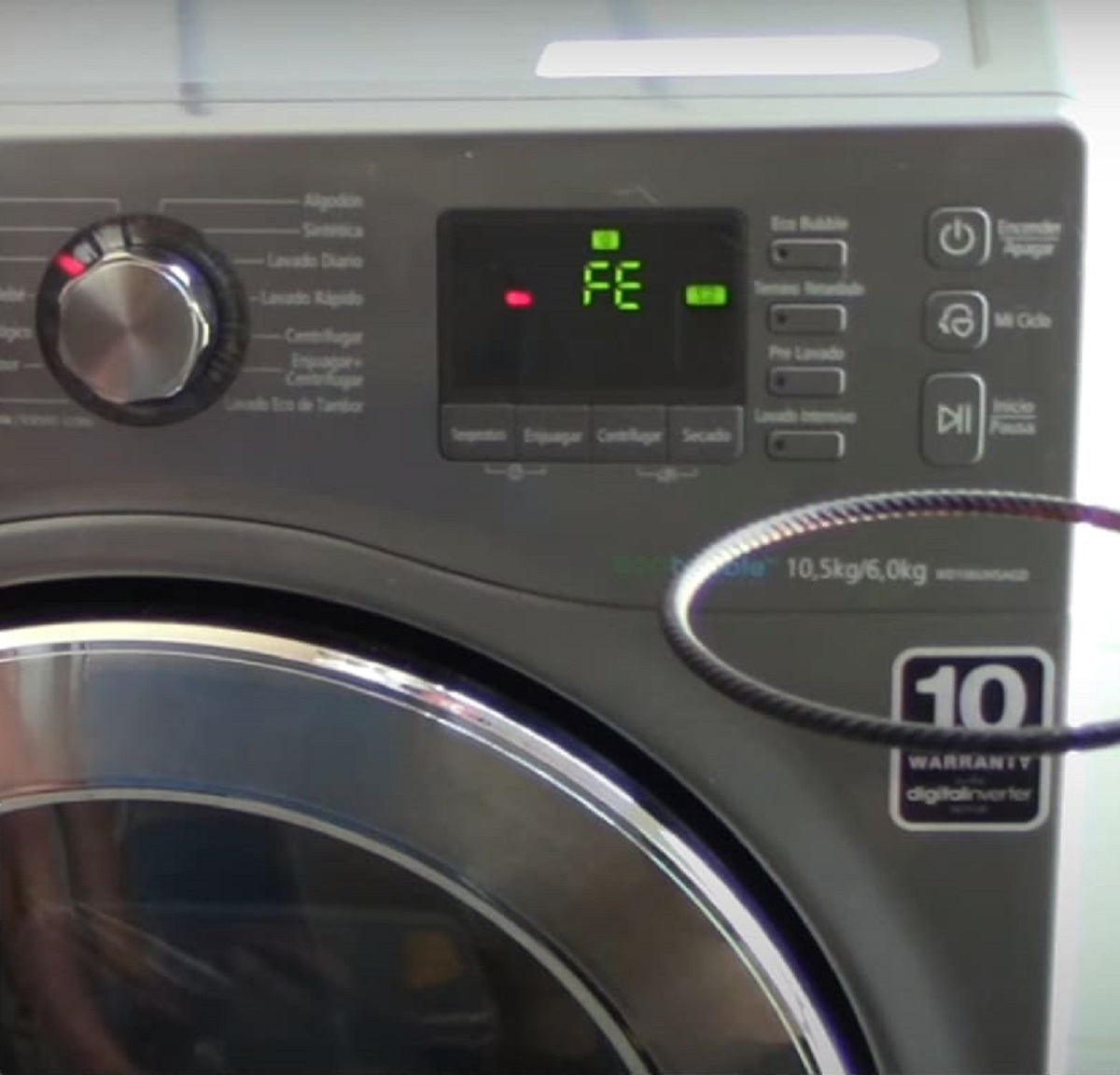

0 thoughts on “What Does Spin Do In A Washing Machine”